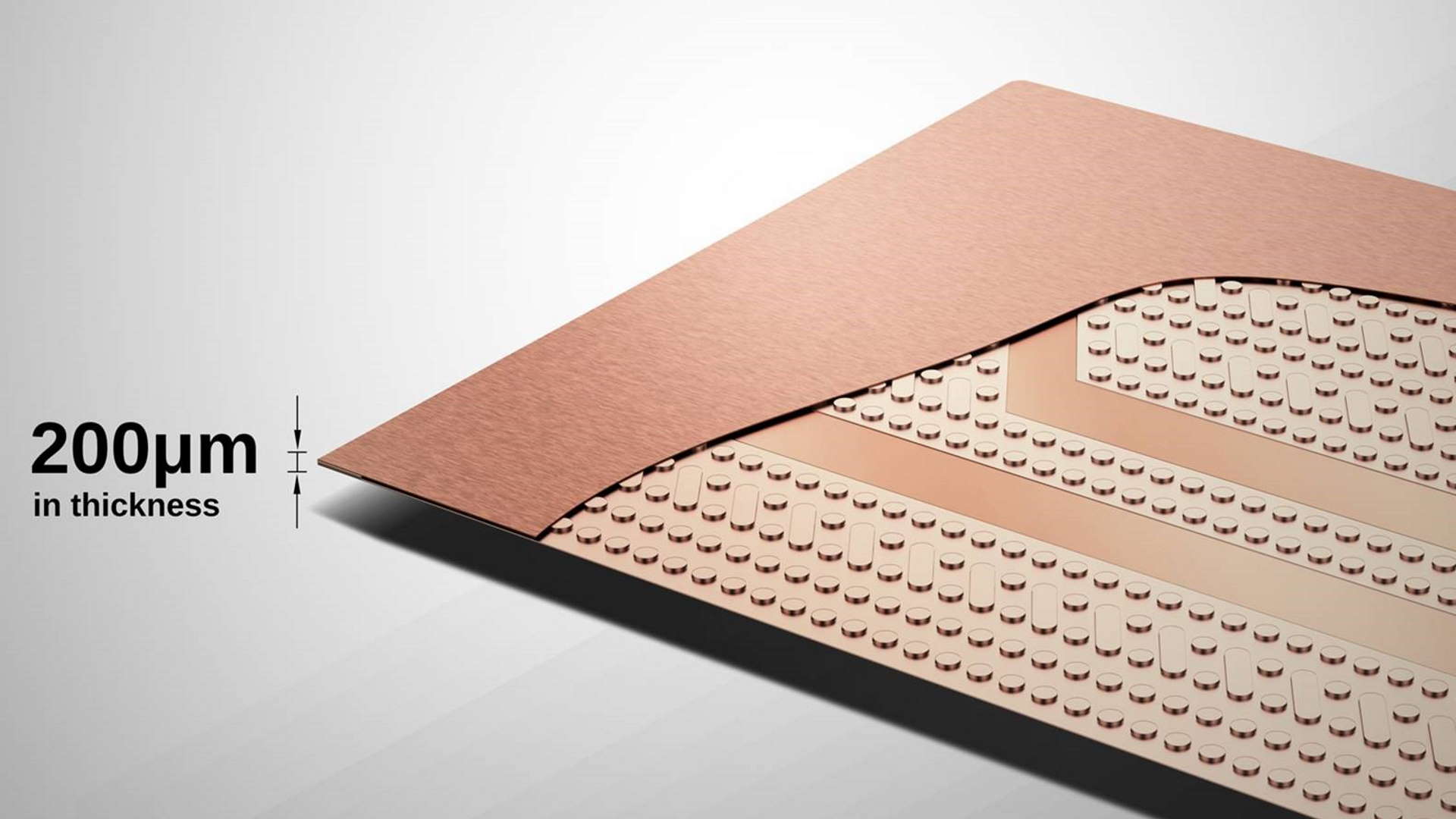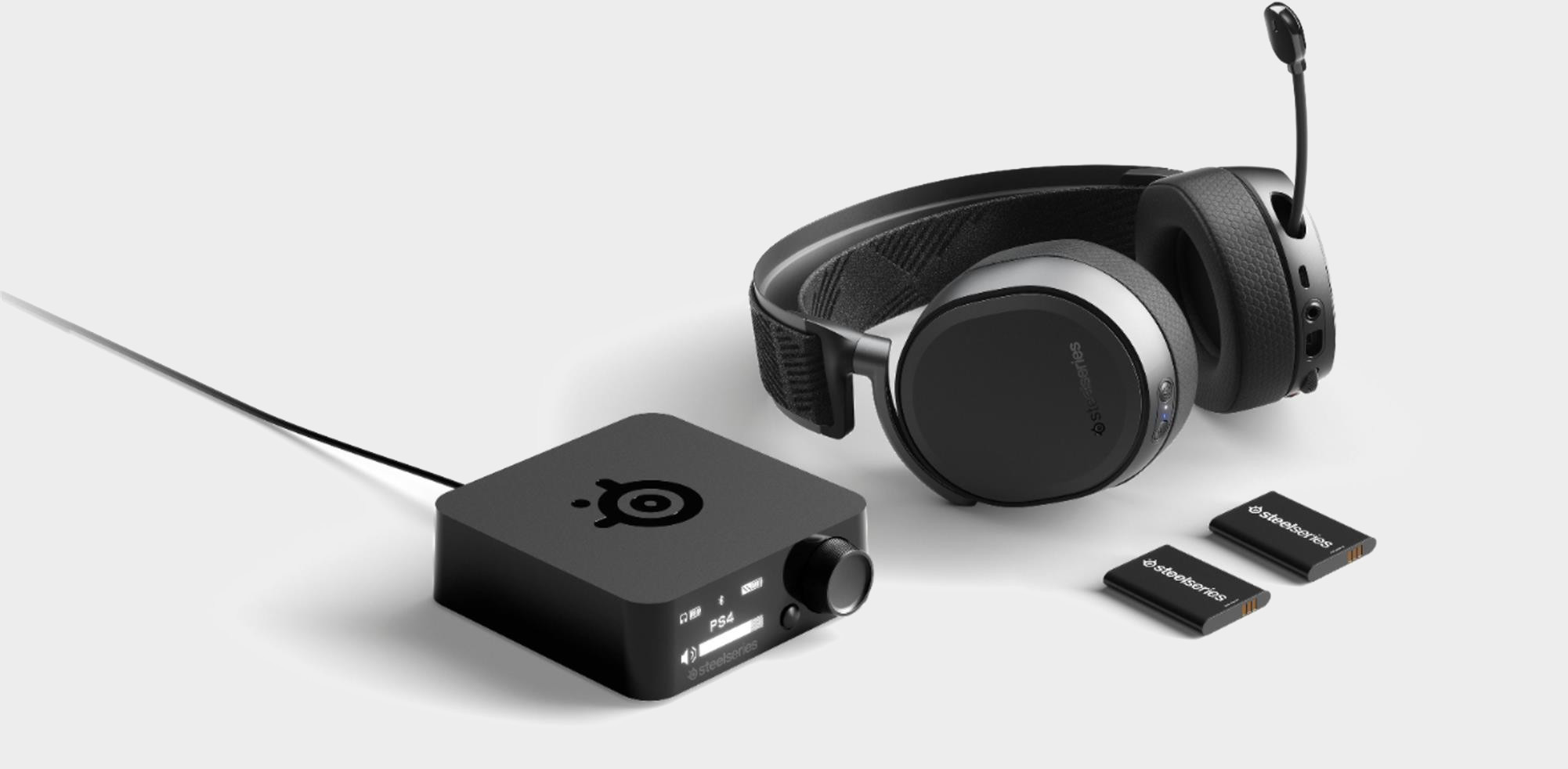The 'world's thinnest vapor chamber' cooler was clearly inspired by Lego
Imagine that bad boi chilling a super-thin, second-gen Steam Deck. Yum.

The 'world's thinnest vapor chamber' for chip cooling sure looks like it's made out of Lego. At just 200 microns thick, the new chiller is the result of a partnership between Cooler Master and Japanese manufacturer, Murata. Touted as a cooler for mobile products, such as smart phones, and VR headsets, the vapor chamber has also been speculated as being a great fit for future ultra-thin laptops and games consoles.
And, if you're talking about both of those things, it's hard not to think about the kind of device category Valve's Steam Deck is hoping to generate. The Deck is a chonky boi in its current guise, but if this sort of vapor chamber was actually able to deliver high-end passive cooling for future efficient AMD APUs, then we may see the handheld gaming PCs of the future being thinner than the Nintendo Switch.
That's a big 'if' right now, as neither Murata or Cooler Master have made any specific claims about the level of cooling the skinny Lego chip chiller can offer. Realistically this is more likely to be used in products that already benefit from passive cooling, such as smartphones, and those using low-power processors, such as the Oculus Quest 2.
Those are devices which don't generate a lot of heat right now, and with internal hardware that absolutely has to be thin and light. According to our Wes, and his time with the Deck, that's not something that can necessarily be said of the beefy tech in Valve's new handheld PC.
But a guy can dream, can't he?
At 200 microns, or 0.2 mm, the vapor chamber is essentially a Lego-like structure of bumps separating two sheets of metal foil. Inside the space created by those bumps is the cooling liquid, which absorbs heat, evaporates and then disperses around the space, shifting the heat around before turning back into liquid and being channelled back towards the heat source.


Best wireless gaming mouse: ideal cable-free rodents
Best wireless gaming keyboard: no wires, no worries
Best wireless gaming headset: top untethered audio
The main problem with vapor chambers in passively cooled devices is the heat still has to go somewhere, and is often transferred into the air via a given product's case. And that's often not a particularly efficient process… meaning you'd still be better off having some fans in there venting the hot air.
Keep up to date with the most important stories and the best deals, as picked by the PC Gamer team.
And then you're not passive, though you may still be pretty damned thin.
The final chamber is going to be a Cooler Master branded product, so there may still be a chance that it could appear in ultra-portable laptops and maybe even handheld PCs of the future. But it's more likely to be high-performance smartphones, at least in the short term.

Dave has been gaming since the days of Zaxxon and Lady Bug on the Colecovision, and code books for the Commodore Vic 20 (Death Race 2000!). He built his first gaming PC at the tender age of 16, and finally finished bug-fixing the Cyrix-based system around a year later. When he dropped it out of the window. He first started writing for Official PlayStation Magazine and Xbox World many decades ago, then moved onto PC Format full-time, then PC Gamer, TechRadar, and T3 among others. Now he's back, writing about the nightmarish graphics card market, CPUs with more cores than sense, gaming laptops hotter than the sun, and SSDs more capacious than a Cybertruck.

